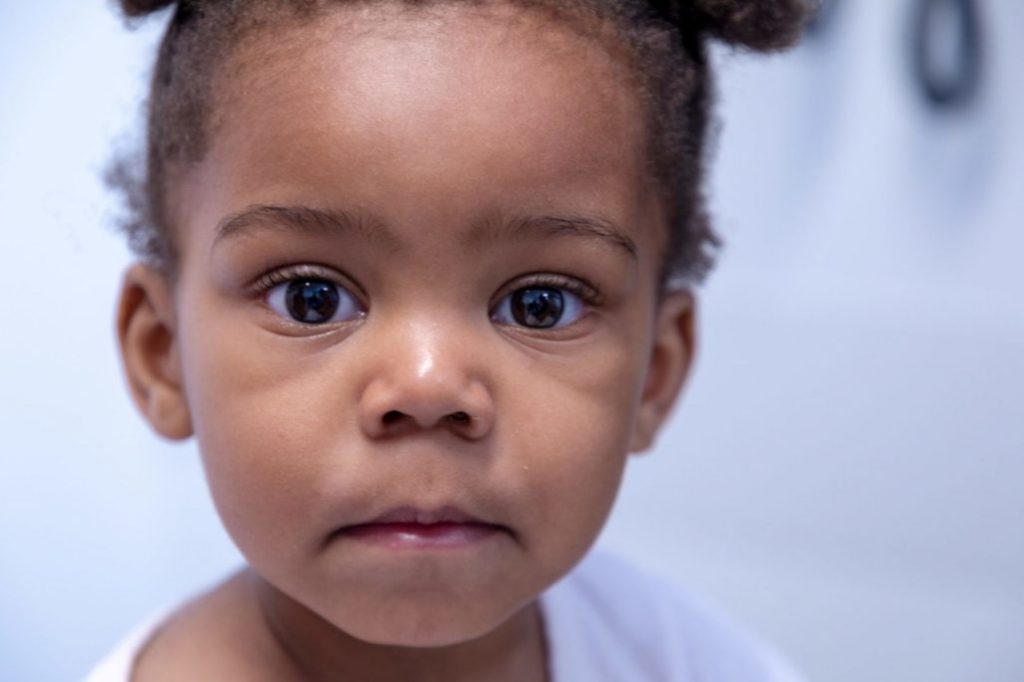According to the Guardian Newspaper an NHS psychiatrist, whose work involves serving on wards in an inpatient unit, providing on-call medical assistance, and treating adults and children who have been referred to me by A&E staff. A significant number of under-18s come to A&E in a mental health crisis seeking support, brought in by their family, friends, or ambulance crew.
The mental health crisis in A&E for the u18s
Recent Posts
Childhood Trauma and Mental Health in Young People
March 7, 2023
The mental health crisis in A&E for the u18s
February 9, 2023
More to explore

Childhood Trauma and Mental Health in Young People
Childhood is a crucial phase of life that lays the foundation for an individual's mental, physical, and emotional development. Traumatic experiences during childhood can leave a lasting impact on a
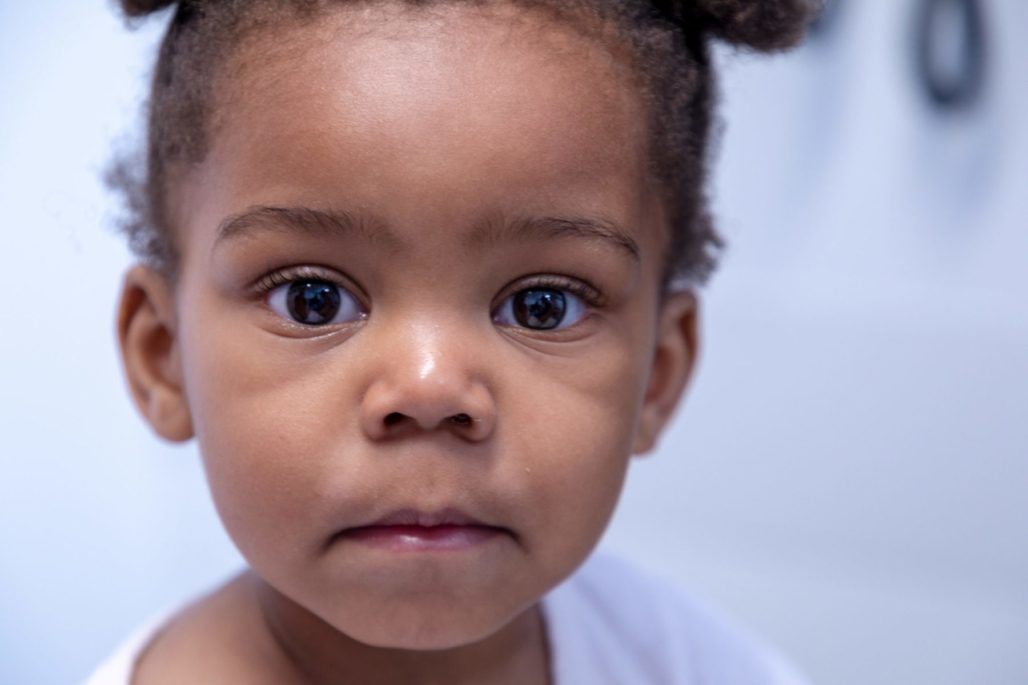
The mental health crisis in A&E for the u18s
In England, more than 900,000 hours were spent by children in mental health crisis in A&E.

UK’s first mental health crisis cafe for young people
The first of its kind in the UK, delivered by Hammersmith, Fulham, Ealing and Hounslow Mind (HFEH Mind) in partnership with the North West London CAMHS Provider.
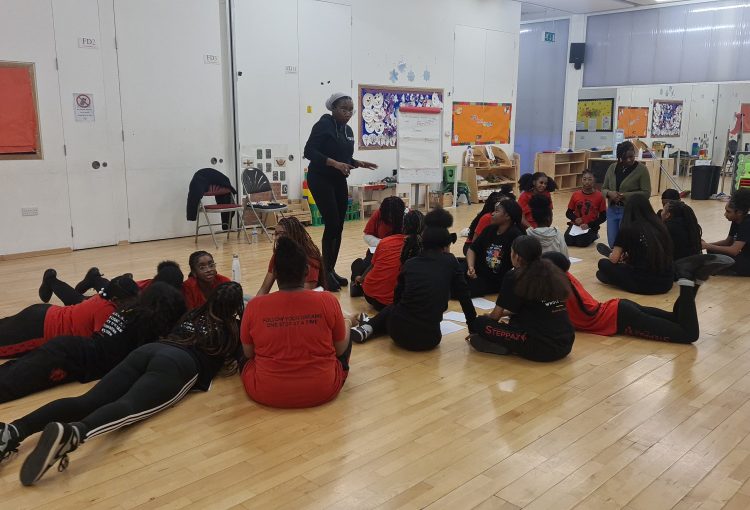
“CHAT YOUR TRUTH” Youth Mental Health Forum Impact Report | Help Mental Health
March 25, 2025
‘CHAT YOUR TRUTH’ youth mental health forums have transformed lives across London, blending professional therapy with creative movement to help young people find their voice. Through partnerships with Inside Out Wellbeing and Steppaz Dance Academy, This National Lottery-funded initiative proves that when communities come together.

Unleashing the Transformative Potential of Self-Care and Well-being for Young Minds
May 21, 2023
Uncover the power of self-care in promoting the overall well-being of young people. Improve your understanding of self-care and its relevance to young individuals’ lives. Boost their well-being by implementing effective self-care strategies.
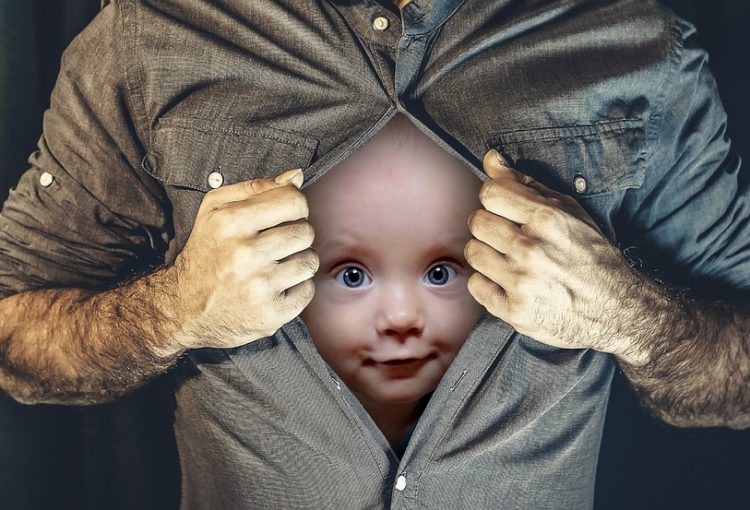
The Importance of Self-Care for Young People: Nurturing Well-being and Resilience
May 21, 2023
In today’s fast-paced world, nurturing well-being and resilience is essential. Learn how to prioritize self-care , manage stress, cultivate relationships, and embrace digital well-being.
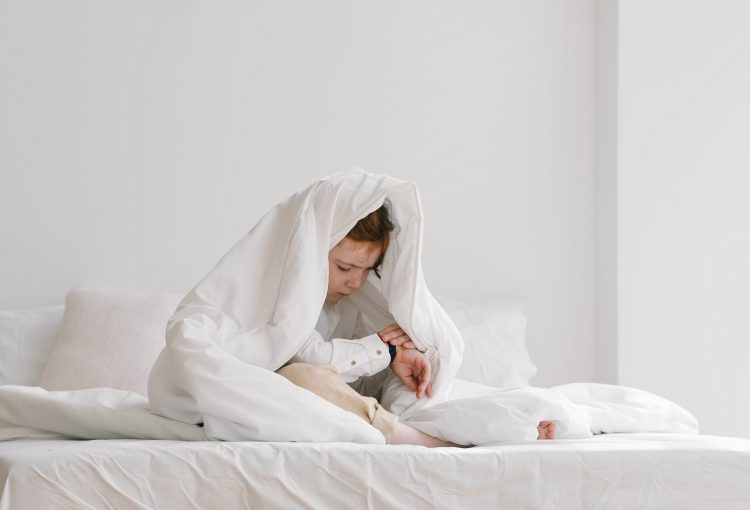
Childhood Trauma and Mental Health in Young People
March 7, 2023
Childhood is a crucial phase of life that lays the foundation for an individual’s mental, physical, and emotional development. Traumatic experiences during childhood can leave a lasting impact on a person’s mental health. In this article, we will explore the link between childhood trauma and mental health in young people.

Mental Health Support for Children is at a critical stage
March 1, 2023
Mental health issues are not just a concern for adults; they affect children and teenagers as well. However, a recent council investigation has found that many of these young people have been waiting for mental health support for up to two years.
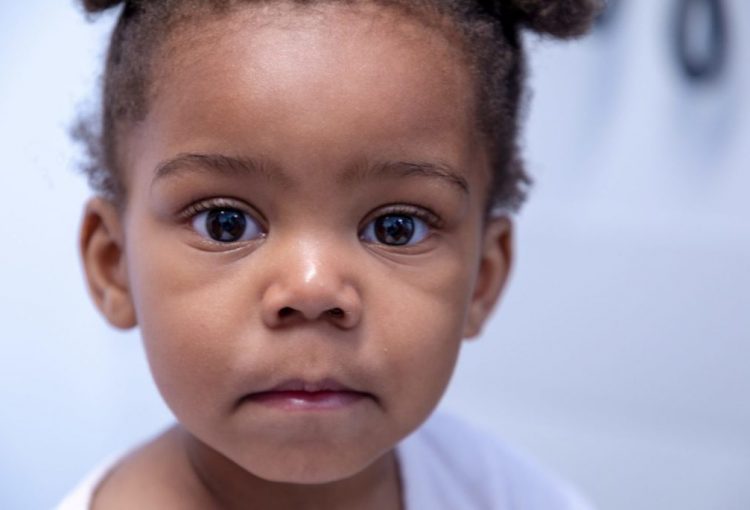
The mental health crisis in A&E for the u18s
February 9, 2023
In England, more than 900,000 hours were spent by children in mental health crisis in A&E.

UK’s first mental health crisis cafe for young people
January 3, 2016
The first of its kind in the UK, delivered by Hammersmith, Fulham, Ealing and Hounslow Mind (HFEH Mind) in partnership with the North West London CAMHS Provider.

